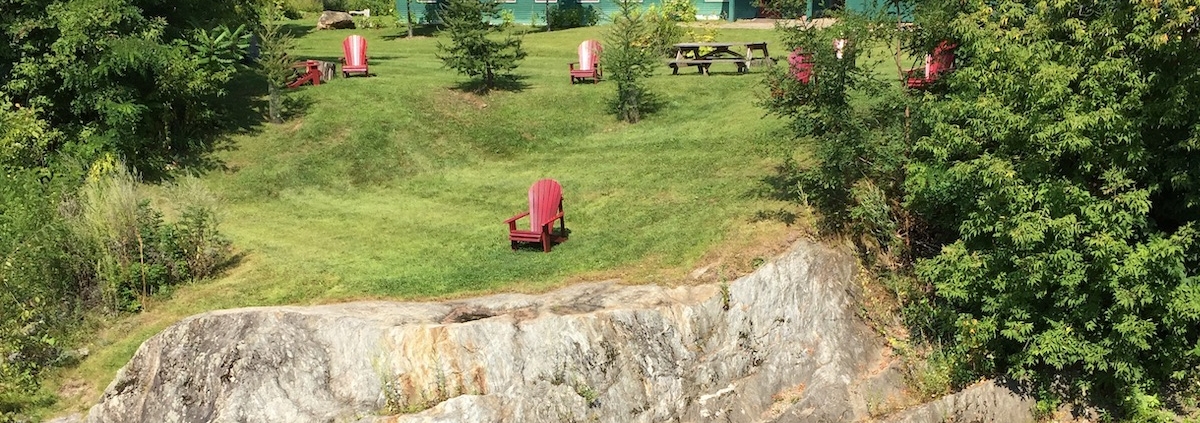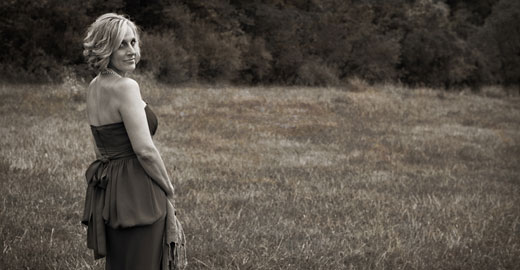Blog Hop! So here’s how it works: I was asked by author Shelby Settles Harper to participate in the hop. Last week, she eloquently blogged about her writing process and ongoing projects. Take a look – you won’t be disappointed. This week, it’s my turn. Every writer answers the same questions, so you can literally hop from one author’s site to another’s, a peek into the unique processes and inspirations of writers across the country. I’m excited to unveil the names of the three writers who you can hop to next week. Let’s just say that each writer is unique and talented and generous with their tellings. Read on. And at the end of this post, you’ll find out who!
What I’m working on now
I just finished an extensive book proposal with draft chapters and a complete outline for a memoir, which I’ve tentatively titled “Misperceptions.” It’s a project that I’ve been working on for a few years, experimenting with how to tell the story, which parts to tell, defining the time line and overall arc. All of the practice has been worth it. I feel really confident about the book proposal and I’m excited to send it out to agents.
With the book proposal done, I’ve been able to return to my novel in progress, “Finding Evelyn.” Set in the 50s, it centers on three women who are interconnected on many levels. One woman is an inmate at the Staunton mental asylum, another is one of the first female anthropologists of her time, and the third is a young woman who hangs out in the Natural History Museum with her sketchpad and is befriended by an elderly naturalist. The young woman’s story is inextricably interwoven into the stories of the other two women. It’s a challenge because I’m essentially telling three women’s stories and focusing a lot on voice and experimenting with form. It’s an ambitious concept, but I’m committed to working on it until I’m certain the narrative works in the way each woman’s story threads through the other women’s stories.
How my work differs from others of its genre
I think every writer’s work is unique. No writer can tell the same story. There may be similar themes or settings, but ultimately the telling is always different. I bring a strong feminist lens to my writing, an awareness of social justice issues and differing experiences of agency for each of my characters. My current novel is set in the 1950s, so it gives me a chance to envision the injustices that several of my characters would have encountered during that time period: racism, sexism, ignorance about treatment and support for mental illness.
I tend to follow a more horizontal, feminine line of storytelling. The traditional plot style doesn’t feel as natural for me. I’ve studied it, written stories with it, but I believe that both styles are important and will appeal to different readers. It would be incredibly boring if we all wrote straight, vertical plot lines.
Experimenting with form is something I enjoy. That can be good and bad! Sometimes it means that I fail. Miserably. But sometimes, I can hit that sweet spot where it all comes together and the reader is transported completely into my characters’ stories because I’ve bent the traditional novel form.
One of my memoirs incorporates visual art and found artifacts into the prose telling of the story. It grew out of a personal essay that had so much material to expand on that I decided to use it as a guidepost for an experimental memoir form. It’s an exciting project. I’m looking forward to getting back to it when my other two projects are finished.
Why I write what I do
I’ve had many amazing influences and experiences in my life. I draw from stories and subjects that don’t ever leave my heart and mind. For instance, I worked on a psychiatric unit while in college, as an outreach counselor to mentally ill homeless and a tutor for schizophrenic teens, as well as a counselor to young pregnant women identified as at-risk.
During college, on a beautiful spring day in Virginia, I took a camera and lunch with me to DC. I sat with the homeless on city benches and patches of park lawn and asked them their stories. I heard about their addictions, their childhood abuse, what they wanted most to eat that day, why some chose to remain homeless (addiction or paranoid delusions), and from some who just wanted a home again or to get their children back. A few let me take their pictures. I remember one queer African-American woman who wore beat-up black canvas shoes, black t-shirt, and black ripped up jeans. Her hair had bits of grass in it. She told me a bottle of vodka was worth being homeless to her. I suspected that she used crack too – this was during the height of the crack epidemic in DC (think Marion Barry). She was what we would call now “gender neutral.” It was much harder for the queer population in the early nineties. It was also during the height of the AIDS epidemic. There’s a direct correlation between cultural ignorance and loss of agency for populations who receive the brunt of the said ignorance. I think this particular woman symbolized that in the saddest of ways. Although, of course, suicide is a horrible, heartbreaking causality that also happens all too often in the face of bigotry. I think she, the woman that I sat on the back of a park bench with, just in front of the White House, chose life. But the alcohol and drugs were the only way she could achieve the goal of staying alive. I hope that she is still alive. That she’s been able to live long enough to see her natural form of loving more accepted in the mainstream culture.
I also have a fascination with medicine—traditional and modern. I love to research medicine; it’s so fascinating to look at it from the long view, to recognize just how culturally dictated it often is. We lose sight of that in the short view. I recently visited a brain bank to see dissected brains that scientists are using for research on schizophrenia, PTSD, and Alzheimer’s.
An ancestral grandfather of mine was a Civil War physician and I think my family has always had a certain medical intuition that has been passed on through the genes. I have the beginnings of a novel based loosely on his life. It was such an interesting time in history. He came over from Prussia during the early 1850s and was very active in the abolition movement and had many literary and progressive friends before moving to the Missouri frontier, where he practiced medicine and raised fourteen children until he died. During the Civil War period, he invited an African-descent midwife to live on his property, probably a freed slave – or runaway – who knows? She assisted with childbirth in the community. And he was one of eleven men who wrote legislation to bar Confederates from owning property in Missouri. He’d seen so much bloodshed, much of it from the rebel Confederate Bushwhackers.
American Indian themes often surface for me as well. My step-grandfather was an Oklahoma Cherokee and I’ve realized over the years just how much his heritage is a part of our family inheritance. The first time I visited the American Indian Museum in DC, just after he died, I remember crying while sitting on the floor in the room where they play the introductory movie, my youngest on my lap, the back of her hair damp from the tears I was trying to hide. I felt his spirit there with us in that room. It was a watershed moment for me. I have Cherokee blood as well – quite removed, but I believe that it’s carried in your genetic memory, just like the medical bend from my German side, regardless how many generations removed. Even if I don’t set out to write about American Indian themes, they always surprise me by showing up. I try to trust the American Indian characters when they appear, and not judge my ability to tell their story.
And of course, like all writers, my own traumas and difficulties make their way into my stories. As a memoir writer, I find myself making decisions about what I’m willing to put out there as my life experience. Making editorial decisions based on how much I can really bare my soul. For that reason, I think, my memoirs are focused on very specific relationships and time periods in my life. With experiences that are too personal or that leave me too vulnerable with readers, I might choose to use in a story or as a scene in a novel. I think every writer goes through the same narrative decision-making. In the end, our personal experiences, our personal walk through life, inform our writing in very unique ways.
How my writing process works
I absolutely love the drafting process. I see images and scenes in my head and so my drafts are usually very image rich and descriptive. I think my background in visual art may play into the descriptive elements of early drafts. I get a strong sense of character in the beginning and feel very connected to them—as if they are friends or family members in real life. My family teases me about how long I can sit and write, and how hard it is to convince me to walk away from a story. It’s a bit like time travel—I can even forget to use the bathroom or drink water or eat!
I used to write blind, churning out drafts and remaining open to where they took me. More recently and with more study, I’ve found that outlining or writing notes about plot and character to be really helpful. I like to have the end point in mind when I write. For instance, one of my novel characters was falling flat on the page. Her voice was strong, but her actions were boring and didn’t tell enough about her. I spent several weeks, writing about her—descriptive graphs, lists, scenes that would come to me as I explored her more deeply. And I decided on important themes I wanted to explore with her that were more concrete and specific than her place in the overall plot of the novel. I realize now that I didn’t know her well enough before I started writing her story. Some characters are like that: more elusive and shy on paper.
I typically let pieces breathe for a time before attempting major revision. That’s been a struggle in two graduate writing programs—there are deadlines! But, my natural process usually results in letting a piece sit, making light revision and bringing a piece to several of my writer friends to discuss my new ideas. I then return to the piece with more focus. At this point in the process, I find that I’m willing to make drastic, courageous changes. Deleting scenes, changing sequencing, playing with point of view, even cutting characters or creating new ones. If I attempt this too soon with a piece, though, I find that I don’t have the same confidence and the revisions aren’t big enough to feel satisfied with the final product.
That’s it for my place in this national blog hop. I’m thrilled to announce the next three talented writers:
Molly Gaudry In 2011, Molly Gaudry was shortlisted for the PEN/Joyce Osterweil Award for Poetry, and her verse novel, We Take Me Apart, was named 2nd finalist for the Asian American Literary Award for Poetry. In 2012, YesYes Books released the 3-author volume Frequencies, which includes her short fiction collection “Lost July.” In 2014, The Cupboard released “Wild Thing,” a collection of essays and poems about recovery after brain injury, and Ampersand Books reprinted We Take Me Apart in anticipation of the release of its sequel Desire: A Haunting and its prequel Remember Us. Molly is a core faculty member of the Yale Writers’ Conference and is the Creative Director at The Lit Pub.
Wendy Besel Hahn Wendy Besel Hahn has an MFA in Creative Writing from GMU. Her nonfiction has appeared in Front Porch Journal, Chaffey Review, and The Journal of the Virginia Writing Project. She recently read an original essay for Listen to Your Mother DC 2014. She is currently seeking a literary agent to represent her memoir manuscript Outside the Temple Doors.
Shenan Prestwich Shenan Prestwich is a Washington, DC-area poet, cognitive researcher, over-confident dancer, and general hobby collector whose literary work has been seen in a diverse spread of publications both online and in print. She is a graduate of the Johns Hopkins University MA in Writing program. Shenan serves as co-editor for the literary prompt site Prompt & Circumstance and its corresponding journal, and as Assistant Poetry Editor for Outside In Literary and Travel Magazine. Her first book, “In The Wake,” is forthcoming from White Violet Press in September 2014.







